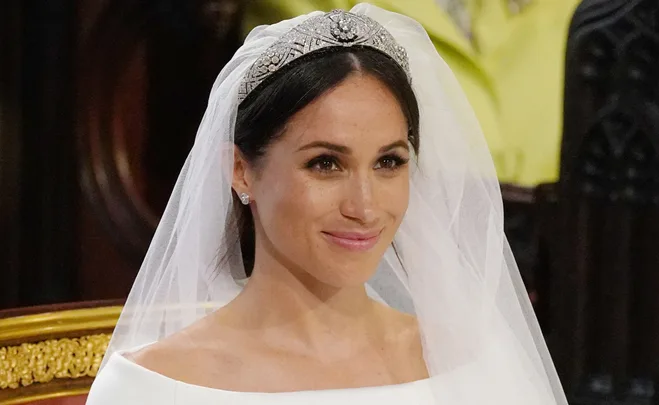Considering our knowledge of tiaras primarily stems from nostalgic animated movies and the occasional guilty-pleasure rom-com about secret princesses, our prowess on the facts is limited.
In our minds, tiaras are more whimsical accessories than historical artefacts, and the only “tiara rules” we’re aware of are that you 1) put it on, and 2) you sparkle.
But, just like the rest of royal life, it turns out that there are quite a few complicated rules surrounding etiquette and permissions.
From appropriate locations to who can wear which one, the politics run much deeper than we thought.
Below, 10 rules you had no idea royals had to obey before wearing a tiara.
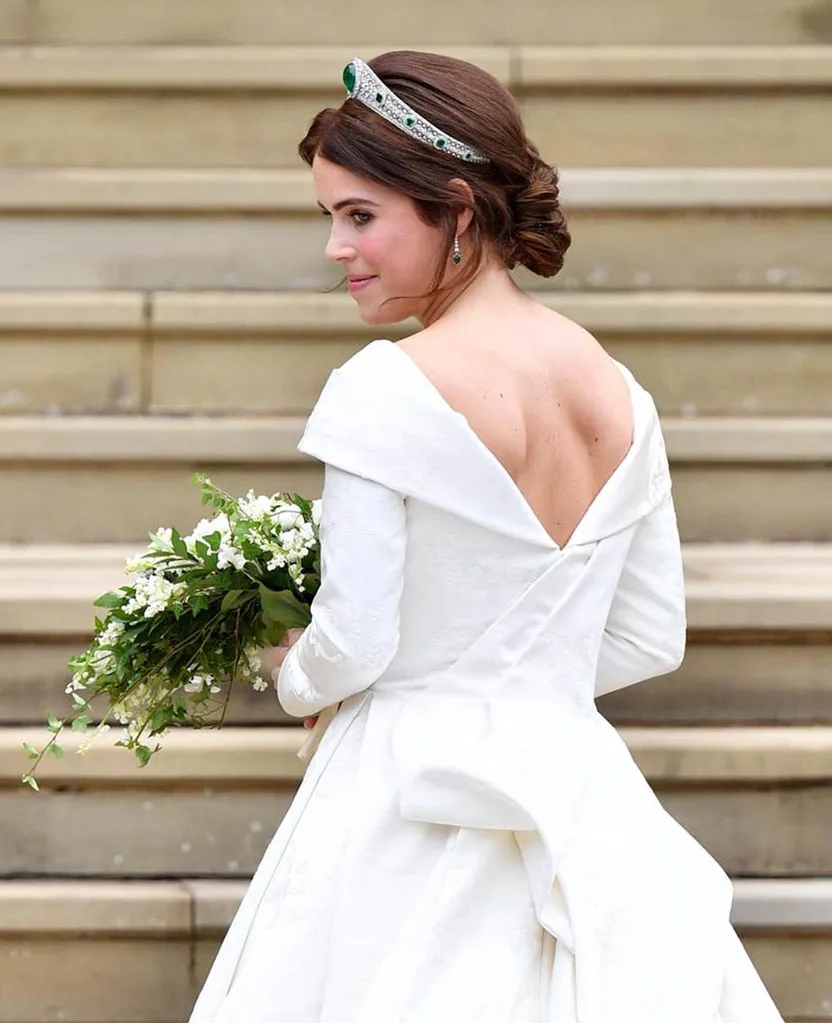
1. Most royals wear their first tiara on their wedding day
A few decades ago, almost every occasion was a tiara occasion. Princess Margaret was known to wear one to everything from theatre shows to dinner. But nowadays, a royal woman’s nuptials is the first occasion they’ll wear one.
Whether they’re “blood princesses” (i.e. born into the royal family like Princess Eugenie) or marrying into the family (like Kate Middleton and Meghan Markle), most hold off their first go until they wear one for their wedding.

2. Tiaras are to be worn after 5pm, except at weddings
Generally, tiaras are reserved for events starting after 5pm. Formal events can indeed be held in the daytime, but royals tend to skip the diamonds while the sun is up. Events held at night are much more likely to attract some diadems.
One notable exception is weddings. As royal weddings are usually held at 11am (or thereabouts), ladies are excused from that rule to wear one on their wedding days.
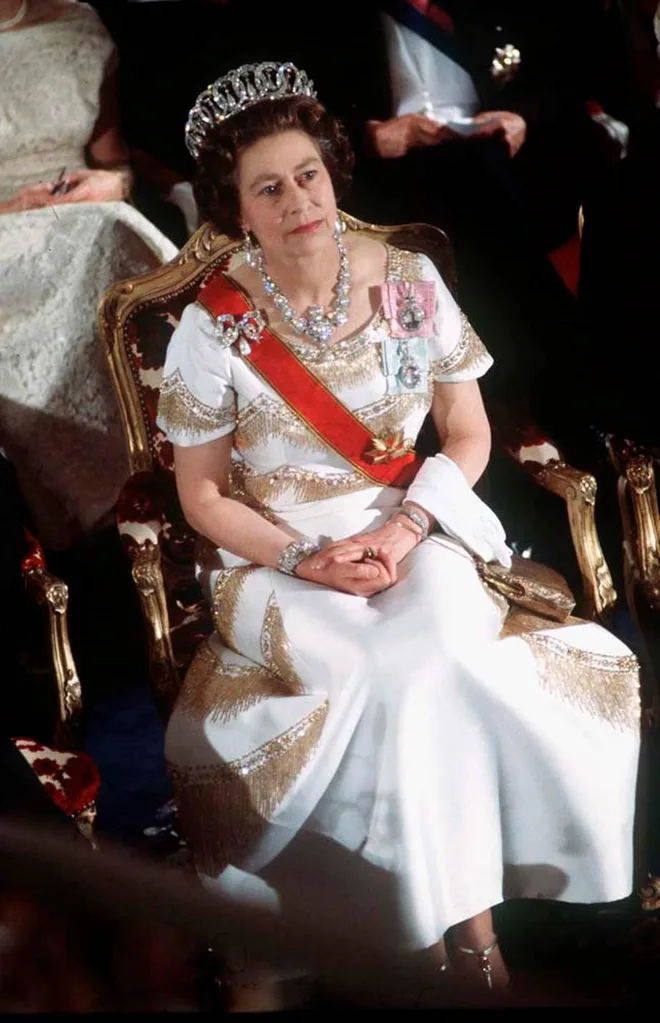
3. Tiaras are loaned to one person for an entire lifetime
Have you ever noticed that once one royal wears a tiara, another doesn’t wear it after her? That’s because tiaras are usually lifetime loans, that means once it’s loaned to someone, it’s theirs and theirs only for their entire life.
Once it’s loaned, the lady can choose to wear it or not wear it. For example, Catherine, Duchess of Cambridge, currently has three tiaras on loan from the Queen: the Cartier Scroll, the Cambridge Lover’s Knot and the Lotus Flower. However, the Duchess clearly favours the last two as she hasn’t worn the Scroll again since her wedding, despite having it at her disposal.

4. They’re often sewn into the hair
When wearing a tiara, the last thing you want is for it to slip around—or worse, fall off. For this reason, women will often have a piece of hair braided across and then have the base of the tiara sewn into that.
If you look very closely at the base of Crown Princess Mette-Marit of Norway’s tiara, you can see the braid.
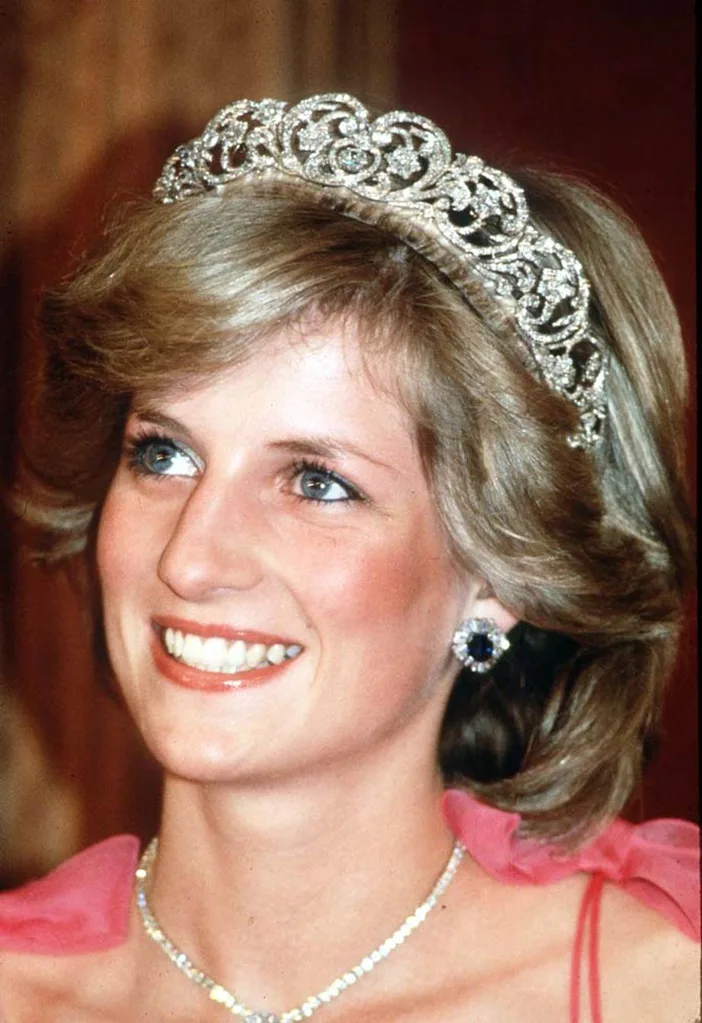
5. One must disguise the band
When worn, the only part of the tiara you see is the design on the top, but all tiaras are built onto a wire base that nestles into the hair. Before wearing one, the lady will have the band wrapped in a length of velvet that matches the colour of her hair so that it blends in.
The band may also have a bit of elastic at the back which they can tuck into up-dos.

6. Tiaras are loaned officially and specifically
Although it is a long-running fantasy of ours, ladies can’t just pick and wear whatever tiara they please. When an occasion is coming up (for example, a wedding), the Queen will either choose one for them to wear or give them a small selection to pick from. At this point, it’s unknown whether the lady has any say, in terms of style or size.
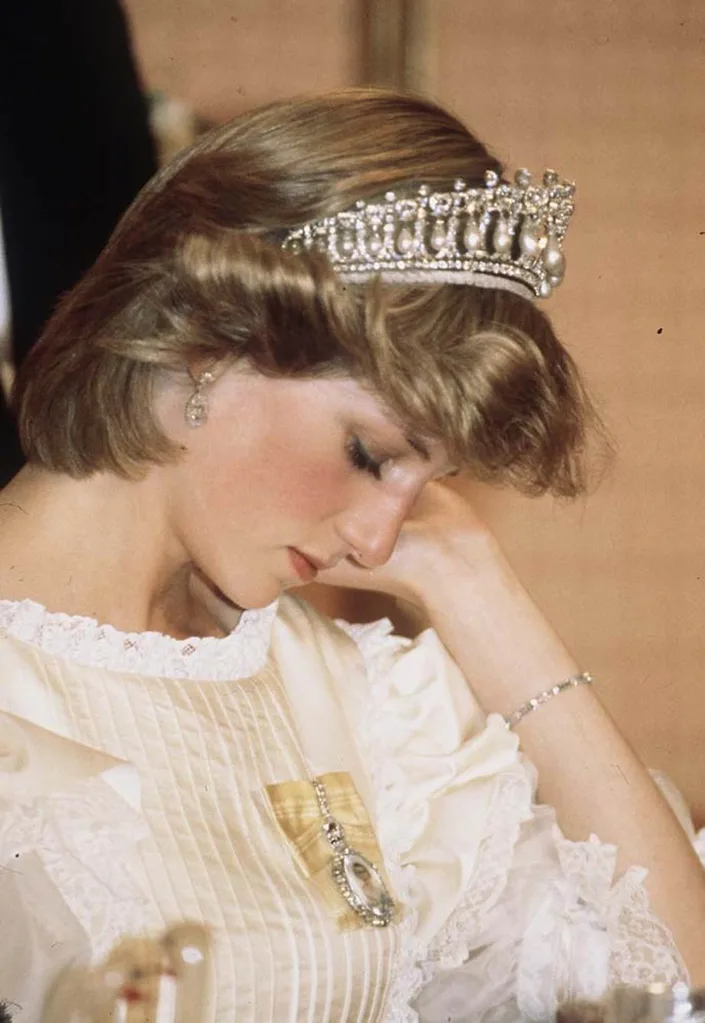
7. No tiaras before 18
As an unwritten rule, tiaras aren’t worn by royal ladies under the age of 18. In fact, many princesses and ladies were gifted tiaras for their birthday, as it meant they could start wearing them to events.
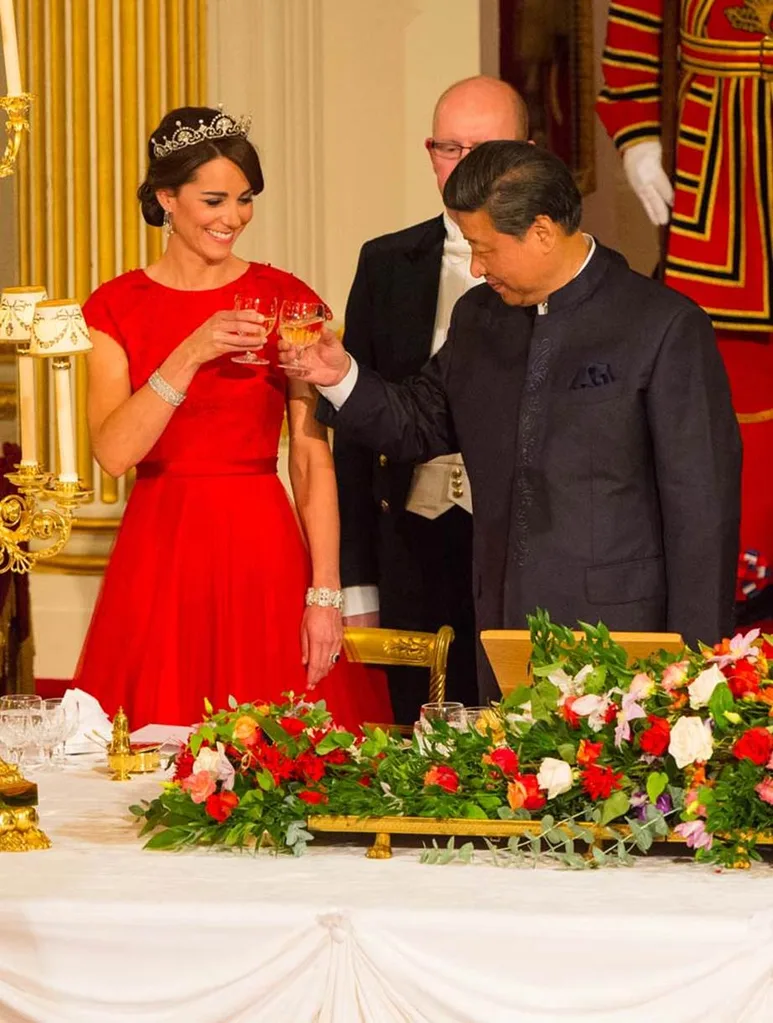
8. They’re only for certain occasions
Aside from weddings, there are only a certain number of occasions a tiara is appropriate for. These include state visits, inaugurations and coronations, balls and royal dinners.
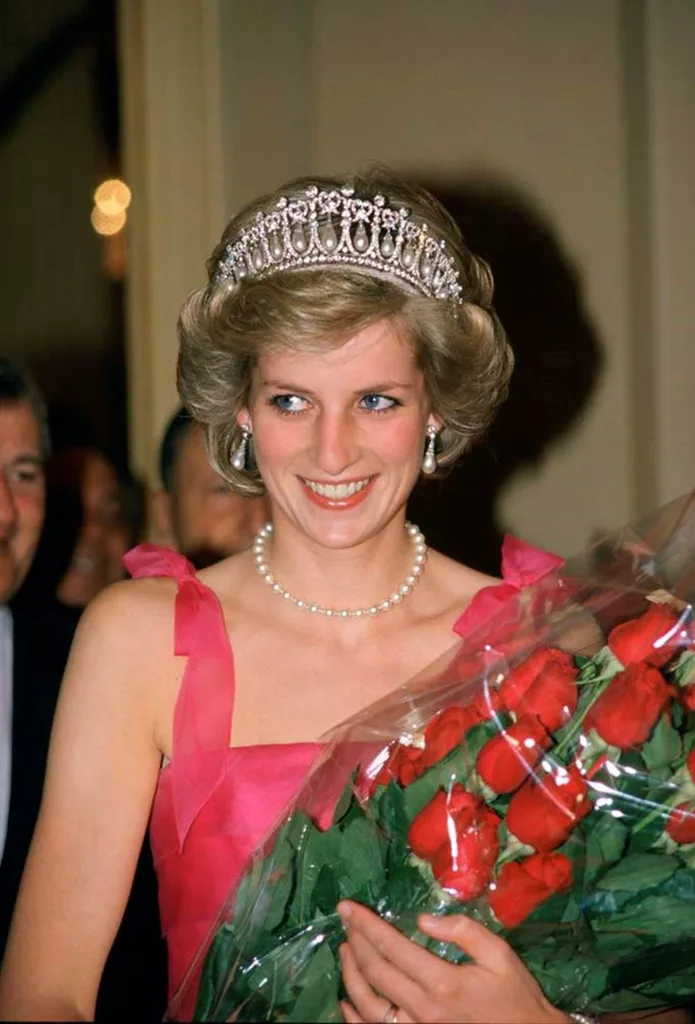
9. The tiara’s history matters
Although they are pretty and sparkly, they aren’t just pretty and sparkly. When a tiara is being chosen for a specific person, the history behind that tiara comes into question.
For example, rumour has it that Meghan was denied an emerald piece she had her eye on as it had ambiguous Russian ties. Meanwhile, Kate was specifically loaned the Cambridge Lover’s Knot as it was based off a tiara owned by Princess Augusta of Hesse, the Duchess of Cambridge.
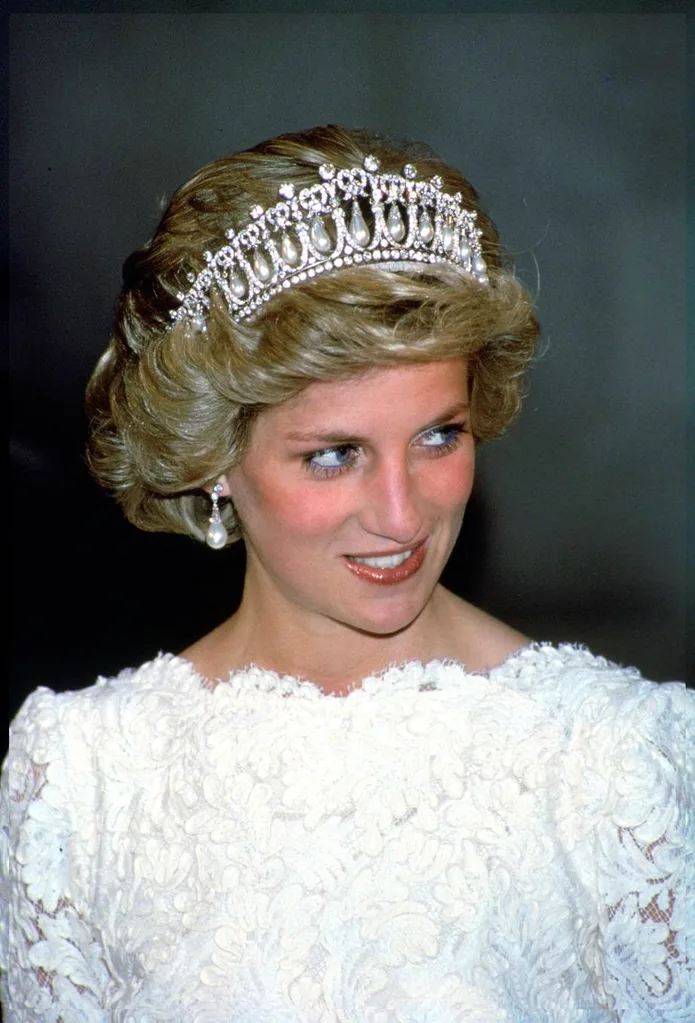
10. Tiaras are rarely taken overseas
Unless the Queen orders it, ladies usually skip tiaras for events overseas—no matter how important they are. A few rare exceptions include foreign royal weddings and diplomatic visits.
11. There are rules on how you should place a tiara
Tiara placement is actually a bit of a point of contention. If you look at earlier images of tiaras worn back in the 1920s, they were often very far to the front of the head, even coming down over the top of the forehead. However, these days modern tiaras are worn slightly further back.
The issue with placing a tiara too far back is that the jewelling will no longer face forward but up, reducing sparkle and effervescence. According to Tatler, the proper placement is easy to find with a simple process. Place your thumb on your chin indent and your forefinger between the brows. Keep the fingers the same distance apart but move the thumb up between the brows and the forefinger to the top of the head. Where that finger lands is the perfect place for tiara placement.
